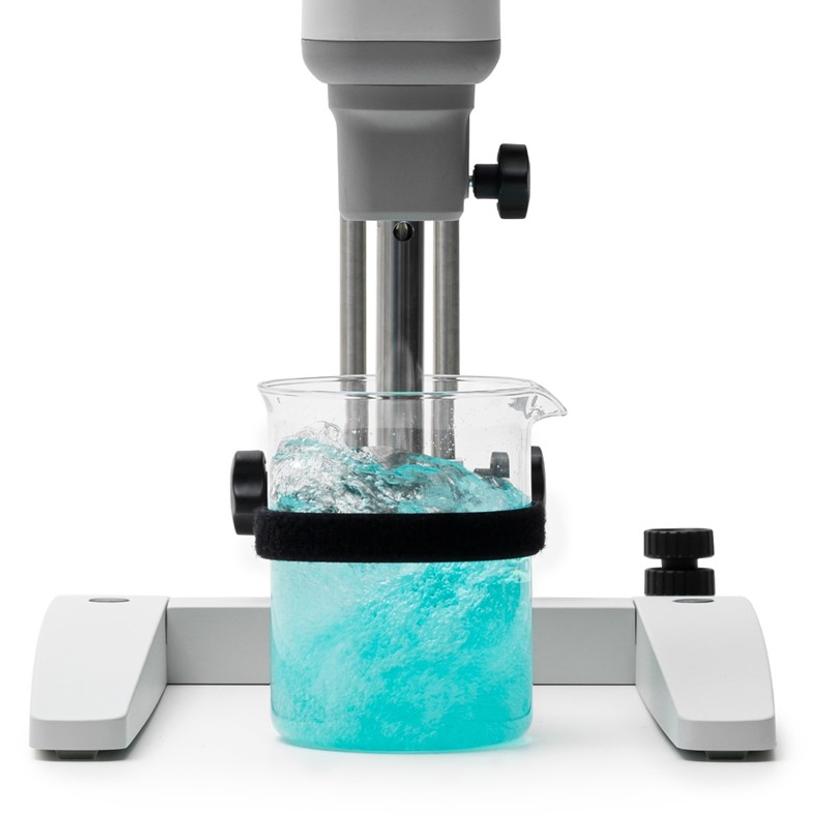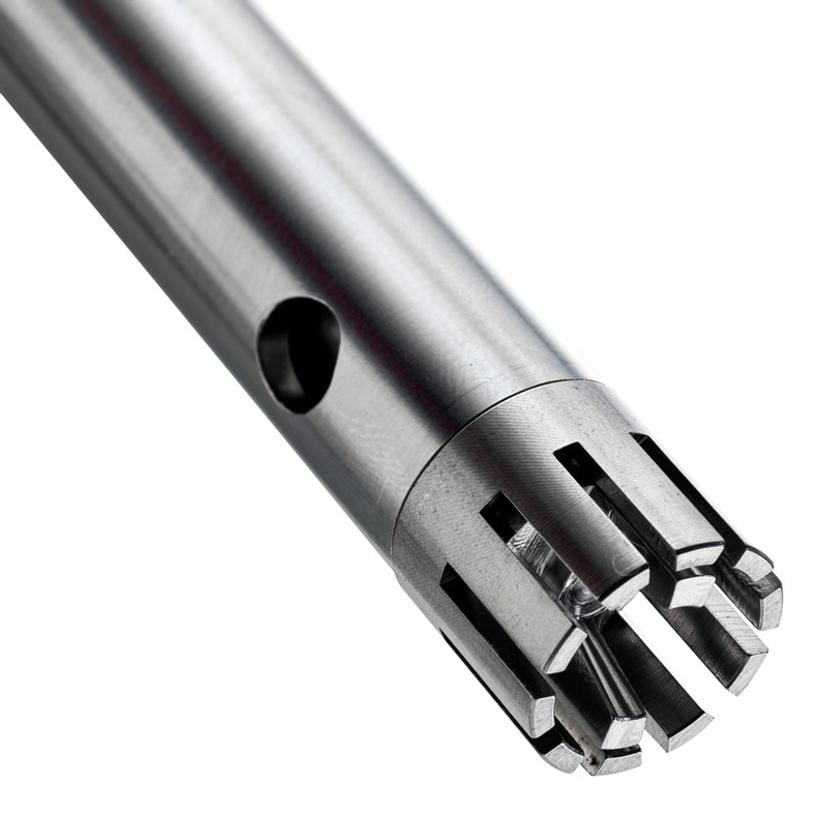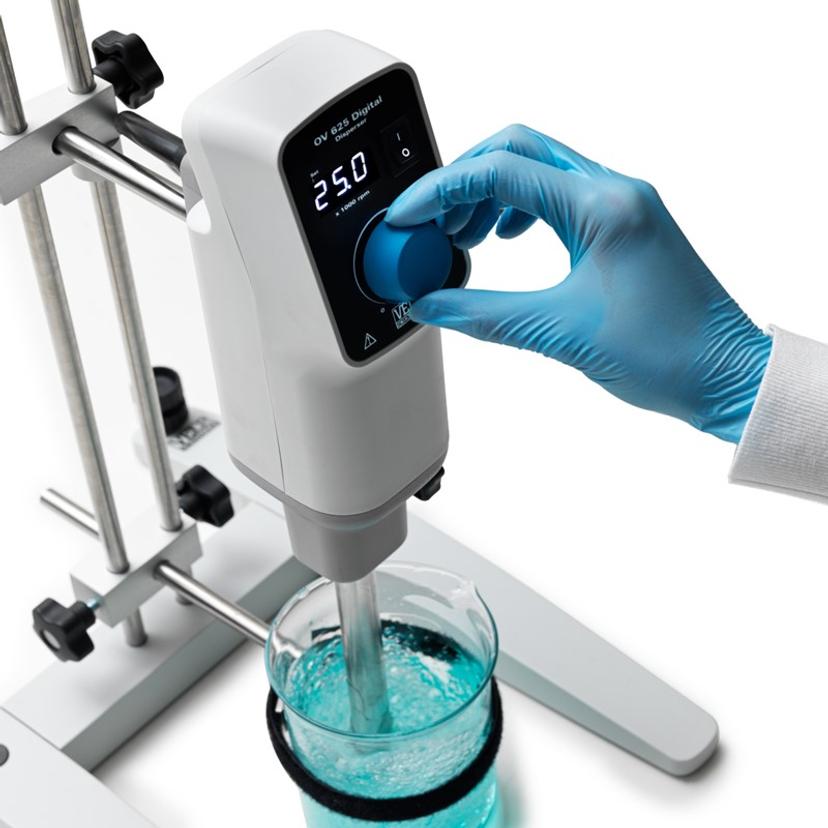The new OV 625 Digital dispenser
Discover the VELP dispenser – powerful, easy to operate, reliable and with a unique design
31 Oct 2023

VELP Scientifica has introduced its most recent lab solution – the OV 625 Digital. This new dispenser promises to be powerful and reliable, whilst improving customer experience.
A reliable partner for a wide range of applications

The term 'dispersing' usually refers to a laboratory application where it is necessary to mix, suspend, emulsify, disintegrate, and dissolve two or more immiscible phases in a fluid, to produce a mixture.
The integrity of the mixture depends on how well the disperser, often referred to as a homogenizer, performs the task.
Dispersing has applications in a wide range of industries:
- Food and feed: for preparation of foamy mixtures, homogenization of foods like smoothies, preparation of spreadable creams and food stuffings
- Pharmaceutical: for tablet coatings, homogenization or crushing of tablets, preparation of ointments and creams
- Cosmetic: for lip balm, soap, shampoo, conditioner, lotions and various cosmetics preparation
- Life science: for sample preparation for DNA analysis, dispersions of organic tissues and preparation of organic samples
- Chemical: for preparation of pigments, inks, paint, ceramics and ceramic paste, processing of textile fibers, biodiesel preparation and dispersion of petroleum derivatives

How does a dispenser work?
A disperser, or homogenizer, is a mixing device designed to break particles into a mixture.
Rotor-stator dispersers, like the VELP OV 625 Digital, are composed of a powerful motor drive and a dispersing tool. The dispersing tool consists of a rotor that rotates at high speed within a stationary stator. The region between the rotor tip and stator gap is called the shear gap.
Due to the high circumferential speed, the medium is drawn axially into the dispersion head and then forced radially through the slots in the shear gap, breaking the particles.
The high speed and minimal gap between the rotor and stator produce extremely strong shear forces which results in better dispersion.
A large variety of rotor-stator and dispersing tool configurations are required to process different fluids. To make the device suitable for some specific requirements, it is sometimes necessary to use two dispersing tools to achieve a coarse to fine particle size reduction.

VELP OV 625 Digital
The VELP OV 625 Digital incorporates cutting-edge technology and engineering expertise to ensure high shearing force for effective homogenization, emulsification, suspensions, and mixing.
The three-digit LED display and the rotating knob enable precise electronic speed settings from 3,000 to 25,000 rpm. The control panel is designed to optimize the user experience and provide excellent visibility, for premium accuracy and reliability.
Different features ensure the highest safety and a resistant and robust housing protects all the internal electronic parts, guaranteeing the longest life span of the instrument and the proper operations even in the most challenging conditions.
A wide range of dispersing tools ensures excellent performance for many applications for small samples, sizes such as biological matrices, and large volumes (up to four liters as a high-speed mixer).
